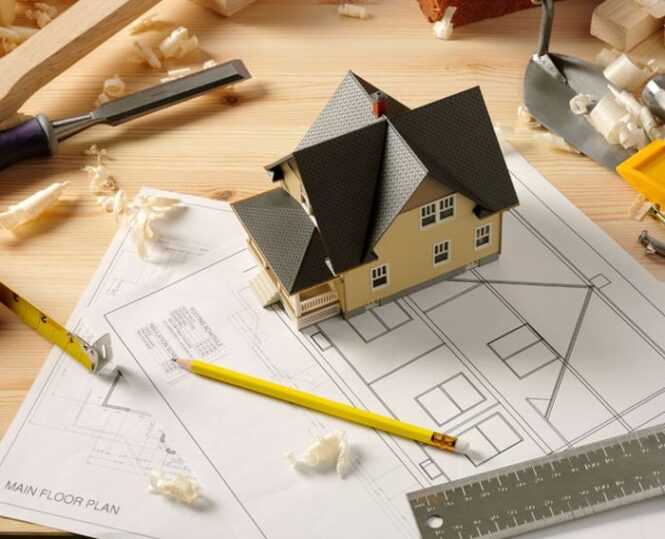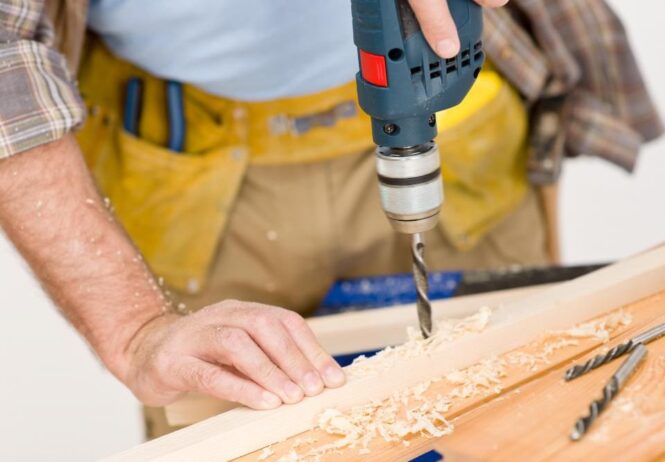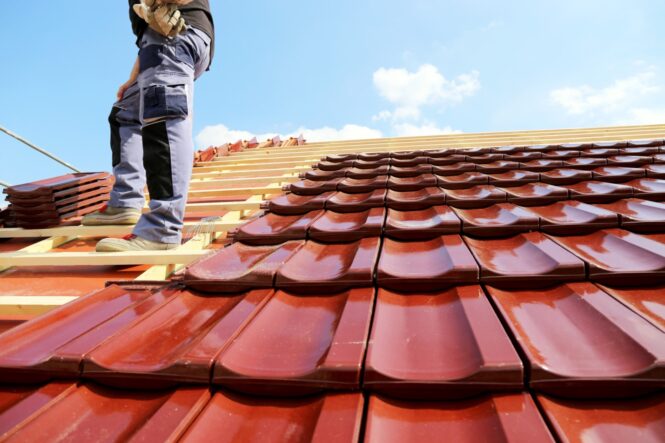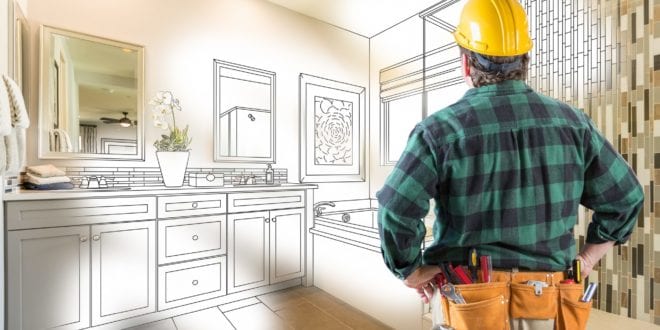If you’re a beginner in the home building and renovating community, then there are a few things you should know first before making any renovation plans.
Making changes to your home is a natural thing that every homeowner does at some point. Whether that’s to update on current trends, get new furniture, and even make a kid’s room, there are certain home building and renovation tips that can drastically help you.
The fact of the matter is that everyone asks for help before undergoing such a process. And be to be completely honest with you, no one renovates before thinking about it first.
So, to put things into perspective, we’ve decided to give you the best home building and renovation tips for beginners. Sit tight as this article might prove useful.
1. Explore Latest Trends
If you happened to be building your home, then you need to be up to date with recent trends.
You can explore these trends with your architect, as this is the person in charge of making your dream home a reality. When looking for trends, their effectiveness will vary depending on how much space you have.
But, regardless of space, here are a few patterns that can save you a lot of money in the future:

- Always make sure to have natural sunlight coming in from at least two sides. Natural sunlight is very important, but not many people can afford to have two entry points. If this isn’t a possibility in your living room, then make sure to accommodate the bedroom.
- When considering the perfect roof, make sure to look up offers for the latest trend of steeply pitched roof surfaces. Not only will this roof save you a ton of work during the winters, but you’re also investing in your home.
- The latest trend of creating transitional spaces between indoor and outdoor spaces is quite possibly the cheapest home building tip we could give you. Transitional space refers to a “room” that will act as a transition whenever coming inside or going outside.
While these aren’t all the home building trends, they will come in handy when exploring options.
2. Keep Potential Hazards In Mind
Many homes throughout the world are very susceptible to potential hazards such as mold. This is especially the case in areas where winters can be slightly colder, such as Canada and the Scandinavian countries.
During cold winters, mold tends to accumulate on your interior walls, furniture, and air vents. Mould is created whenever warm air goes through cracks of your doors, windows, and air vents. When the warm air gets into contact with cold air, it turns into liquid and starts dripping everywhere. The end results in mold formation, which can be very difficult to eliminate.
So, to prevent mold from ever becoming an issue, here are a few extra tips on how to prevent it in the first place.
- Invest in high-quality windows, doors, and air conditioning as this is the easiest way to catch mold.
- Invest in insulated panels and insulated walls as this is an even better way to prevent mold.
- Apply an exterior layer of foam onto cracks and holes that will act as a make-shift defense against mold accumulation.
3. Invest in a Power Drill

It goes without saying that no home renovation is possible without having the necessary tools on display. A power drill is probably the only tool that doesn’t have a substitute.
Every home should have at least one power drill because it makes a lot of things possible. Not only is a power drill the best way to drill holes in wood, but also in concrete, metal, and brick.
However, choosing a power drill is easier said than done. There are hundreds of power drills out there that make the buying decision a nightmare. To help you choose the best one, the power tool experts over at cordlessdrillguide.com have the best resources available to help you make the decision.
4. Take A Look at Your Budget Before Rewiring Your Electrics
Electrics are one of those things that require changing at some point. The electrics in your home are very important, as neglecting could result in unwanted emergencies.
However, rewriting electrics isn’t a cheap renovation; it can be quite expensive. For a home measuring 100m2, rewriting the electrics could cost you upwards of $4,000. This takes into account removing old wires and replacing them with new ones, as well as, getting a new fuse box.
5. Focus on the Roof

We mention at the beginning that a roof is a very important investment for your home. A roof is an investment that will keep you safe for upwards of three decades.
However, choosing a bad roof can get you in some pretty tricky situations. Getting a new roof isn’t a cheap investment. While nothing this big is, putting aside $3,000 for a new roof will prove to be quite a smart decision.
6. Don’t Forget the Heating
When it comes to keeping your home nice and cozy, heating is the best way to do it. However, before we begin, you should update your windows and doors before making this expensive renovation.
When it comes to heating, you got two options. The first is to use a central heating system, while the other is to use external means such as radiators.
If you don’t have a central heating system, then getting one will cost you a lot of money. That’s not to say that radiators don’t cost a lot, but they aren’t a good long-term substitute.
A central heating system will put quite a crack on your budget. This, the same as the roof, is quite an investment and will cost you anything between $2,000 and $5,000 depending on multiple factors such as size.
While these are some of our home building and renovation tips, there are hundreds more that could make this experience quite enjoyable and efficient.
When it comes to home renovation and building, it’s all about maintaining efficiency and getting your money’s worth.
Keep in mind that heating grants are available for homeowners as part of the ECO initiative. Find out how to qualify for a boiler grant here.
 Imagup General Magazine 2024
Imagup General Magazine 2024



